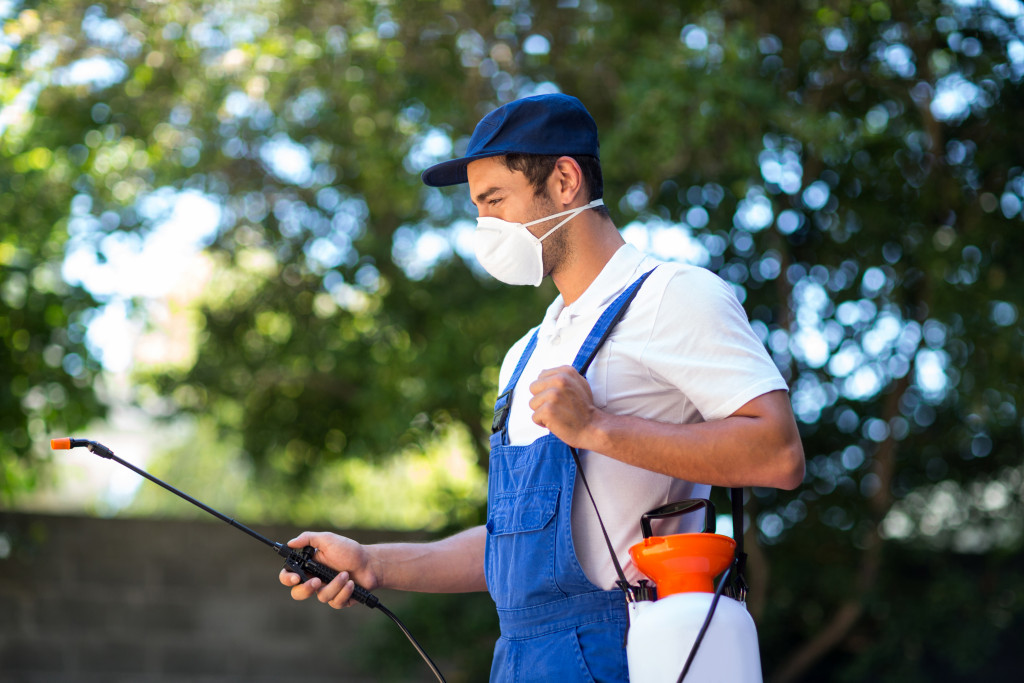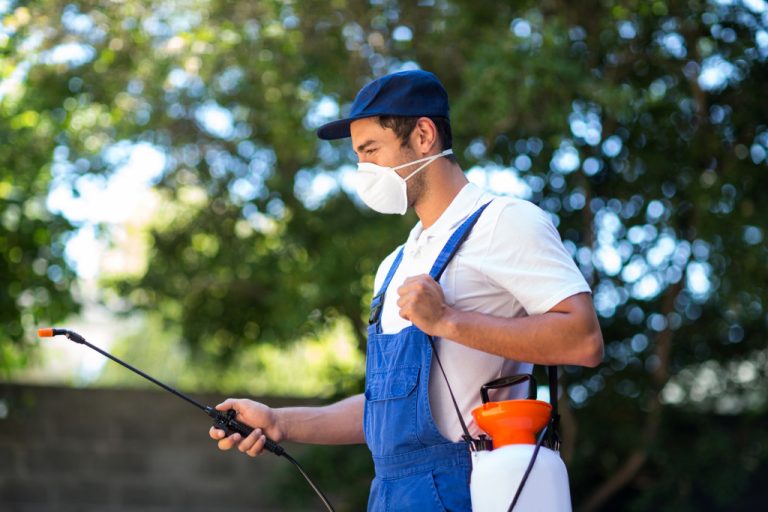In the summer, your lawn is constantly under attack by heat and pests. You can help keep it looking green and healthy with some regular care. If you neglect your yard during the warm months, it will start to show: brown patches on the grass where weeds grow as well as dead spots in shaded areas caused by fungus spores that love moist soil. Here are ten tips for keeping your lawn green during the summer:
1. Mow High and Often
Set your lawnmower to 3 inches or taller, and mow weekly. This will protect the grassroots from the heat, as well as prevent weeds from taking over. It’s also important to switch up your mowing pattern each time you cut the grass so you don’t compact the soil in any one area.
2. Water Deeply and Infrequently
Water your lawn deeply but infrequently to encourage deep roots. Morning is the best time to water because there’s less wind and evaporation. If you water in the evening, the lawn will stay wet overnight, which can lead to disease. Watering once a week should be sufficient, but check the soil before each watering. If it’s dry an inch below the surface, it’s time to water. Maintenance of your irrigation system is key to keeping your lawn green all summer.
3. Use Fertilizer Sparingly
Apply fertilizer every 6 to 8 weeks using a broadcast spreader. Be sure to follow the package directions carefully, so you don’t overdo it. Too much fertilizer can harm your lawn. Fertilizer helps the grass to absorb water and nutrients better, so it can withstand heat and drought. Be sure to rake up any fertilizer that lands on paved surfaces, such as sidewalks and driveways.
4. Get Rid of Thatch
Thatch is a layer of dead grass and organic matter that can build up on your lawn over time. It’s important to remove thatch because it can prevent water, air, and fertilizer from reaching the grassroots. You can remove thatch with a power rake or dethatching rake. Rid your lawn of thatch before you seed, fertilize, or lay down sod because it’s easier to do when the thatch is dry.
5. Aerate Your Lawn
Aerating your lawn helps to improve drainage and reduce compaction. It also allows air, water, and fertilizer to reach the grassroots more easily. You can aerate your lawn with a hand-held aerator or a power aerator. Aerate once a year, or more often if your lawn is heavily used. It will take a few days for the holes to heal, so don’t aerate before you seed or fertilize.
6. Overseed Your Lawn
Overseeding is a great way to thicken up your lawn and fill in any bare spots. Be sure to use a grass seed that’s appropriate for your climate. You can oversee your lawn by hand or with a broadcast spreader. Overseed in the fall or early spring. It will take about a month for the new grass to germinate and start to fill in.

7. Control Pests
Pests can do serious damage to your lawn if they’re not controlled. Be on the lookout for grubs, chinch bugs, and other common lawn pests. If you find any, treat them immediately with an appropriate pesticide. Pests control is an important part of summer lawn care. Control measures may differ depending on the type of pest, so be sure to identify the pest before taking action.
8. Remove Weeds
Weeds can quickly take over your lawn if they’re not removed. The best way to remove weeds is to pull them by hand. You can also use a weedkiller to kill weeds and prevent them from coming back. Weeds control is an important part of summer lawn care.
9. Reseed Bare Spots
Bare spots in your lawn are often caused by disease, pests, or trauma. To fix them, you’ll need to reseed the area with new grass seed. Be sure to use a grass seed that’s appropriate for your climate. Bare spots should be reseeded in early fall. Reseeding is best done by hand, but you can also use a broadcast spreader.
10. Protect Your Lawn from Heat and Sun
When the temperature starts to soar, your lawn is at risk of heat damage. You can protect it by watering in the morning and evening, mowing high, and avoiding walking on the grass when it’s wet. You should also make sure your lawn gets plenty of shade.
Following these tips will help you keep your lawn green and healthy all summer long. With a little bit of care, you can enjoy a beautiful yard all season!
